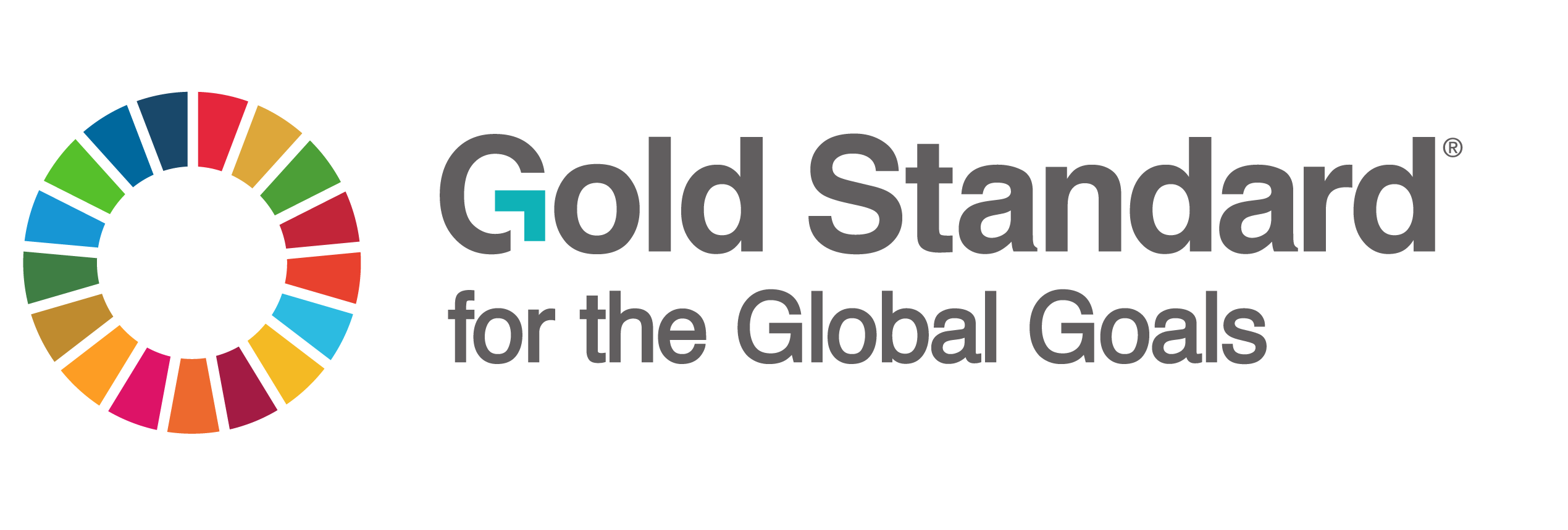Cows release methane (CH4) as a result of the digestion of feed materials in the rumen, one of the four stomach chambers of ruminant livestock. Fermentation in the rumen generates hydrogen as a result of the feed degradation by microorganisms present in the rumen. The animals must remove the produced hydrogen. One of the ways to reduce hydrogen in the rumen is the production of methane which is released by respiration and eructation into the atmosphere. These emissions are called enteric emissions.
This methodology quantifies the reduction of methane emissions from enteric fermentation in beef cattle, as well as impacts on emissions during manure handling. It focuses on the application of feed supplements to reduce enteric methane production in the rumen of livestock. The methodology provides two approaches for quantification of emissions from enteric fermentation. Approach 1 requires on-site measurements whereas Approach 2 applies regression models or IPCC Tier 2 equations integrating data from peer-reviewed publications. New models may also be used if proof of validity and applicability is provided.




